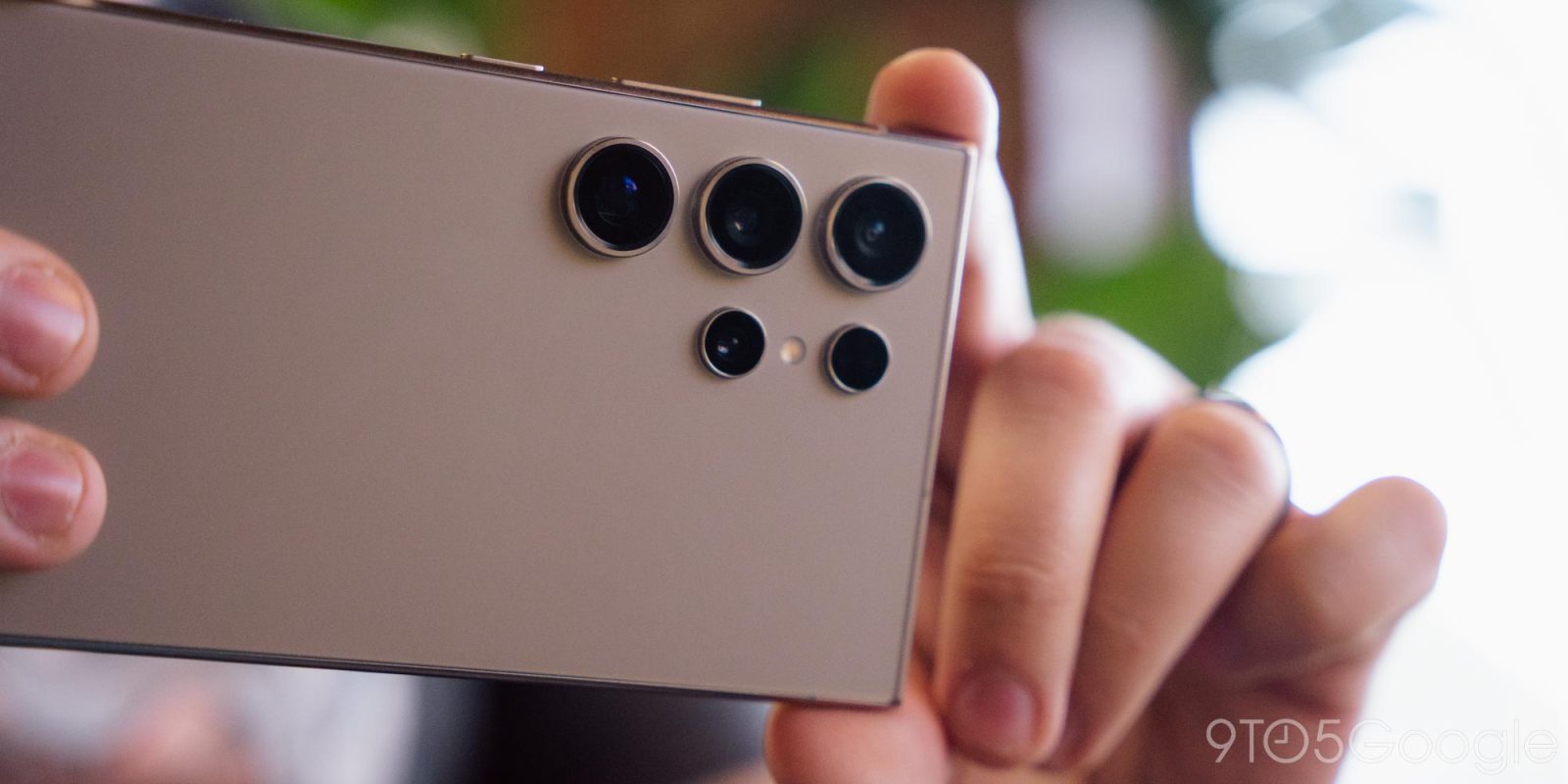
Super HDR was introduced with the Galaxy S24 series, allowing certain photos to shine through in vivid and variable brightnesses on the high-end display. Unfortunately, Samsung confirmed that the feature would not make its way to previously released Galaxy devices.
Samsung’s Super HDR is based on Google’s Ultra HDR feature, and it accomplishes the same thing under a different name. In essence, a Super HDR image is one taken with the Galaxy S24’s cameras utilizing the enhanced HDR mode. Once taken, that image with tons of extra lighting data will appear on compatible devices in a much different light – quite literally.
Photos taken with Super HDR or Ultra HDR that are viewed on compatible displays will appear much brighter in certain exposed areas. Shadows in the image will correspondingly be more detailed. Between Super HDR and normal HDR images, there’s an immediately noticeable difference. Normal HDR photos won’t change the brightness of your device, whereas Super HDR photos queue the display to brighten in certain areas, depending on how the image was processed.
Related: Ultra HDR – Why photos are so bright, and how to turn it off
While the feature can be a little disconcerting if you’re unfamiliar, Super HDR photos have become quite a hit among Samsung and Pixel users. That’s why it came as a surprise when Samsung confirmed that older Galaxy devices like the Galaxy S23 will not see Super HDR capabilities (via SamMobile). This comes from a moderator on Samsung’s official forum in response to a question about the format coming to older phones in the new One UI 6.1 update, as it was missing when it began to rollout to more devices.
In the case of Super HDR, only the S24 model that can be supported by AP and display is supported.
The forum moderator notes that the processor and display on older Galaxy devices can not support Super HDR. It’s unlikely that the SoC as a whole can’t support Super HDR images but rather, the image and camera processor isn’t able to collect image data on the same level.
As for the display, there could be some limitations in the S23’s screen, though it’s much more likely that the S22 series and prior are much less positioned to handle the new HDR format.
Another interesting note is that the post noted “only the S24 model” will be able to handle Super HDR. That leaves out the Galaxy Z Fold 5, Galaxy Z Flip 5, and the recent Galaxy Tab 9 series. This seems like a massive blow to the majority of Samssung’s existing lineup.
FTC: We use income earning auto affiliate links. More.






Comments